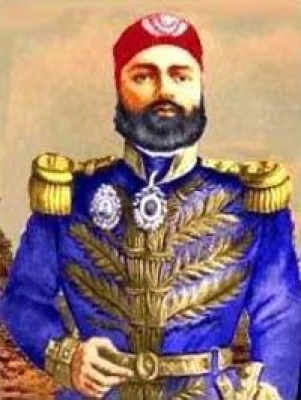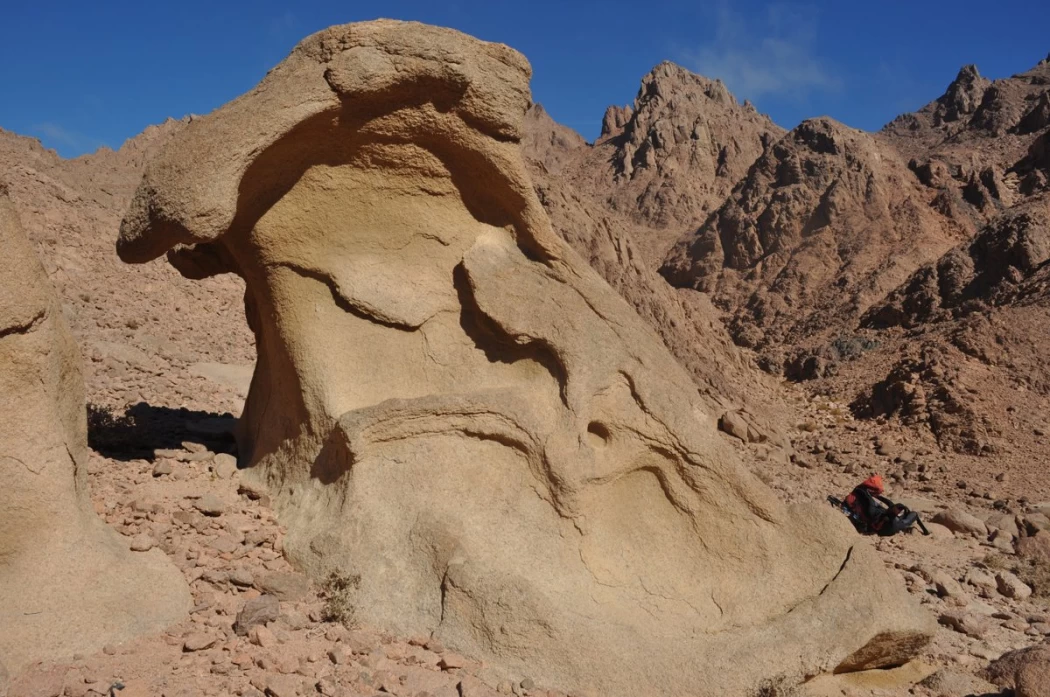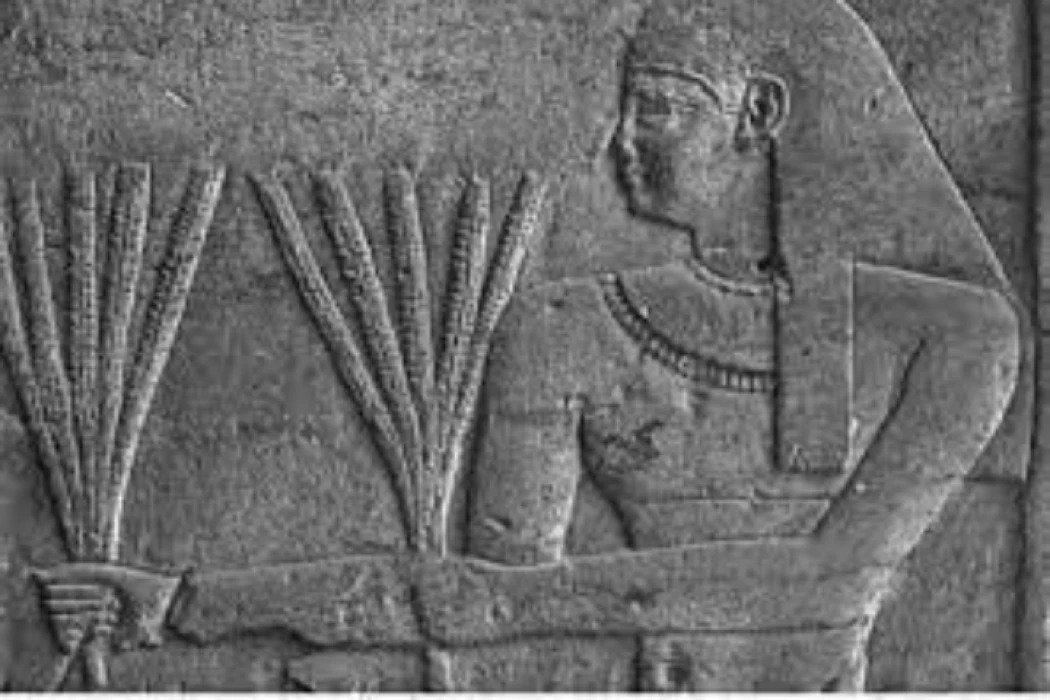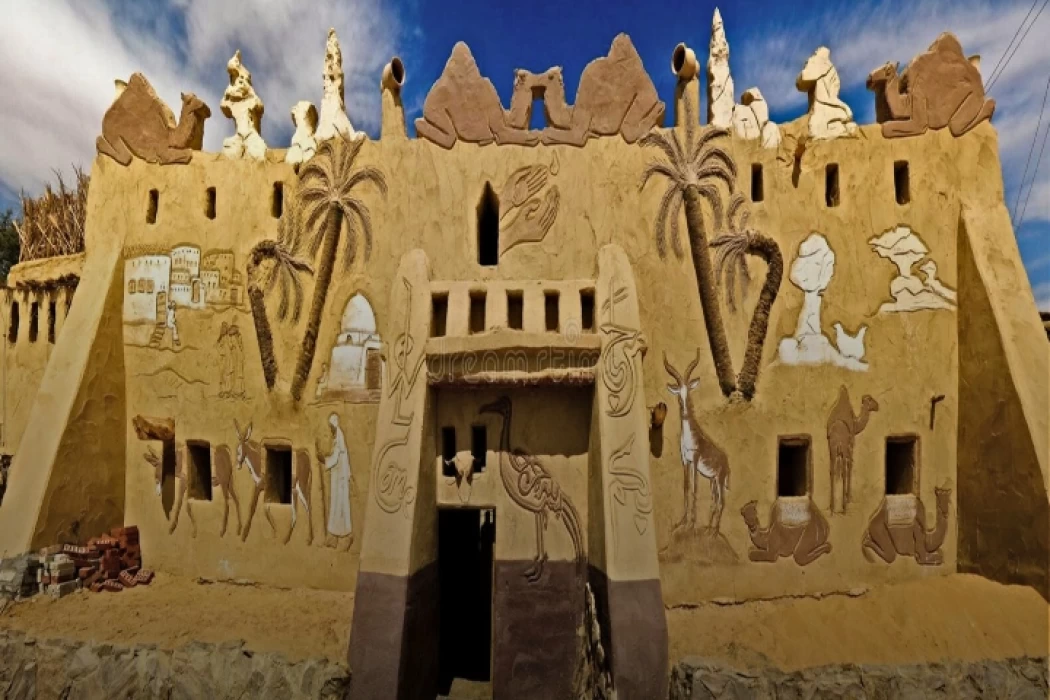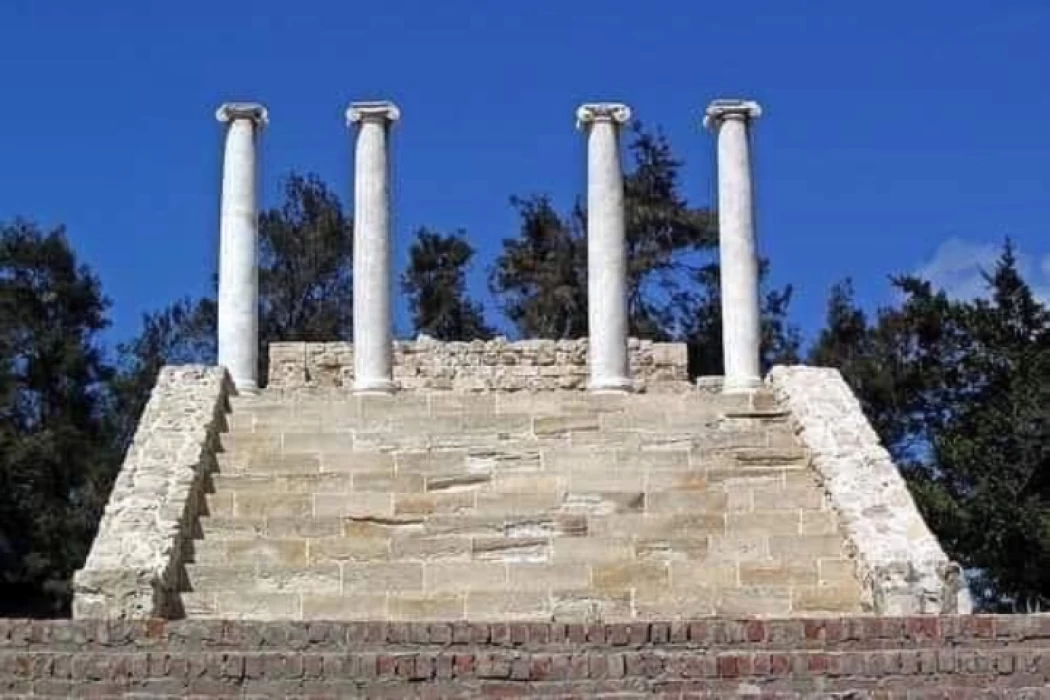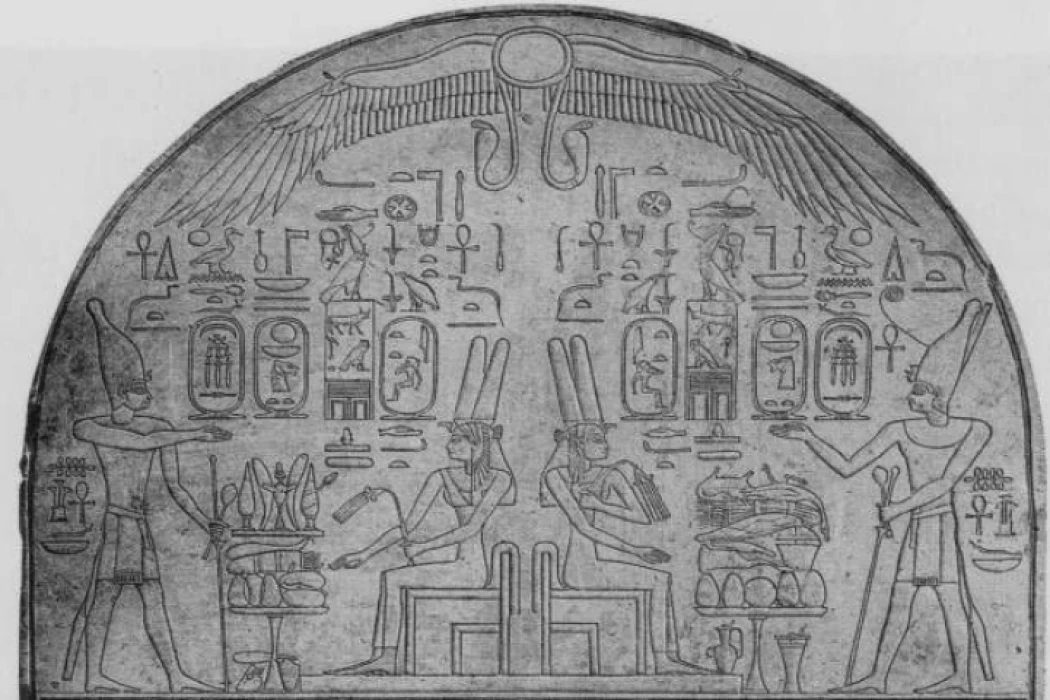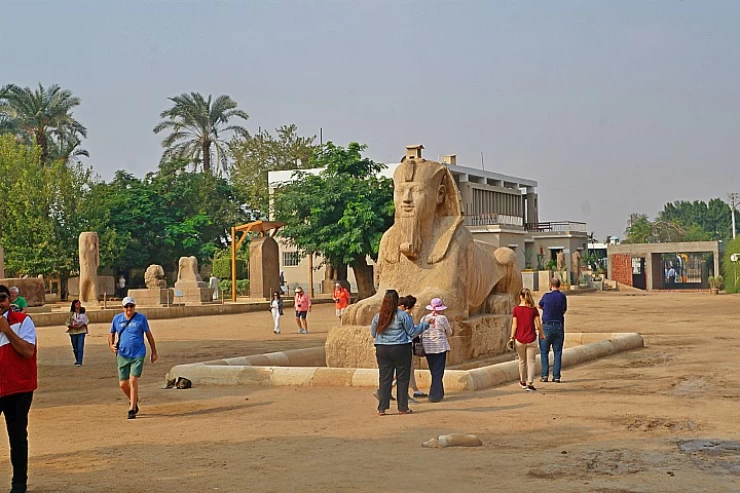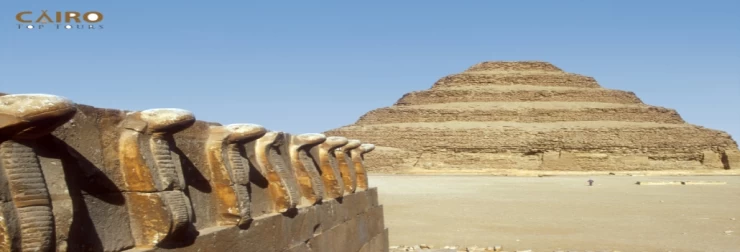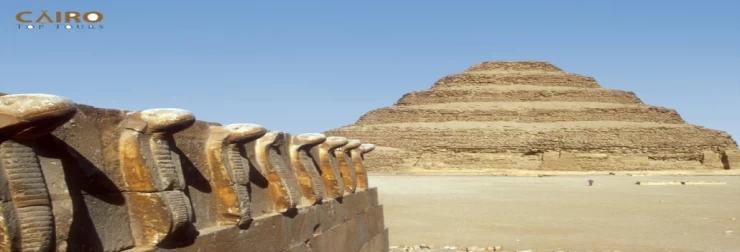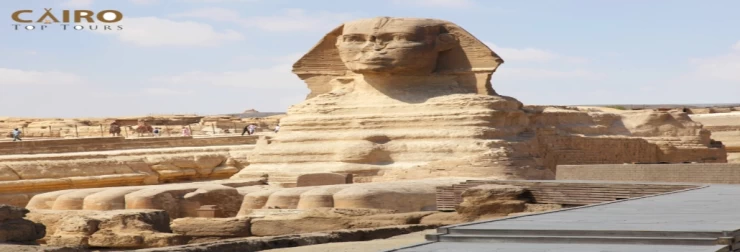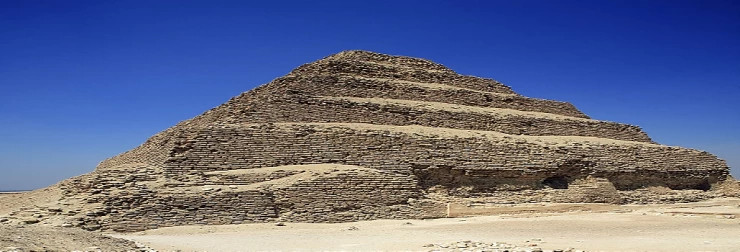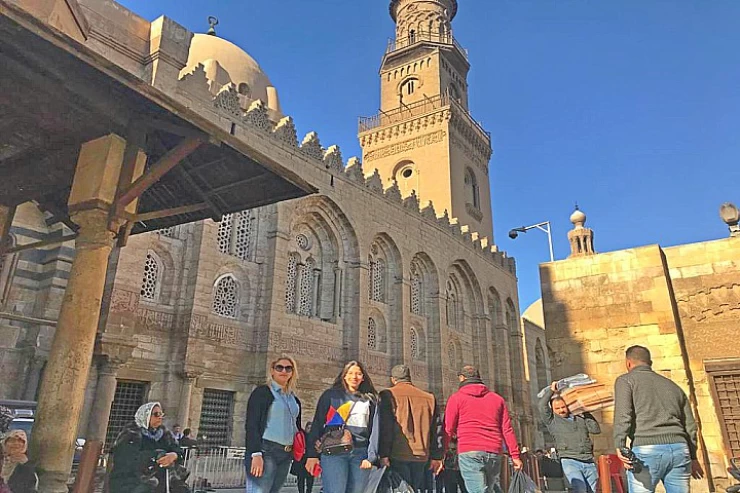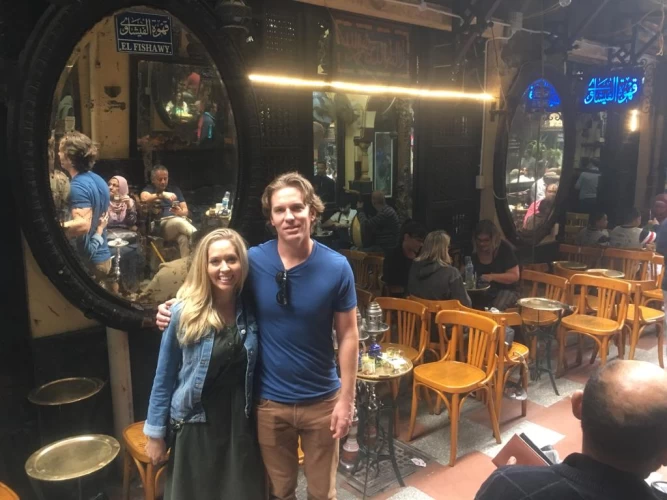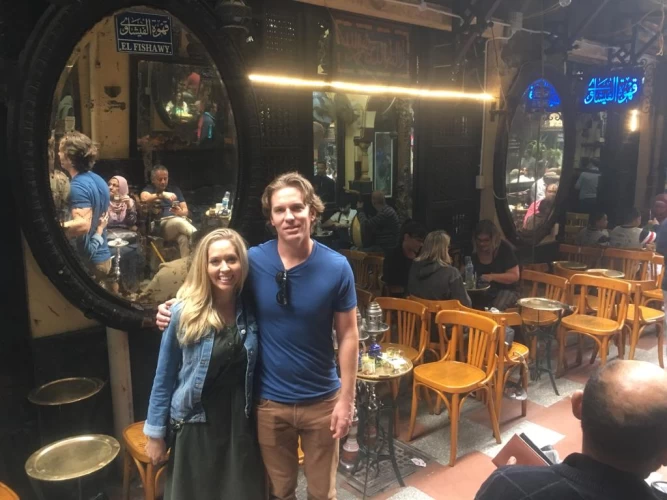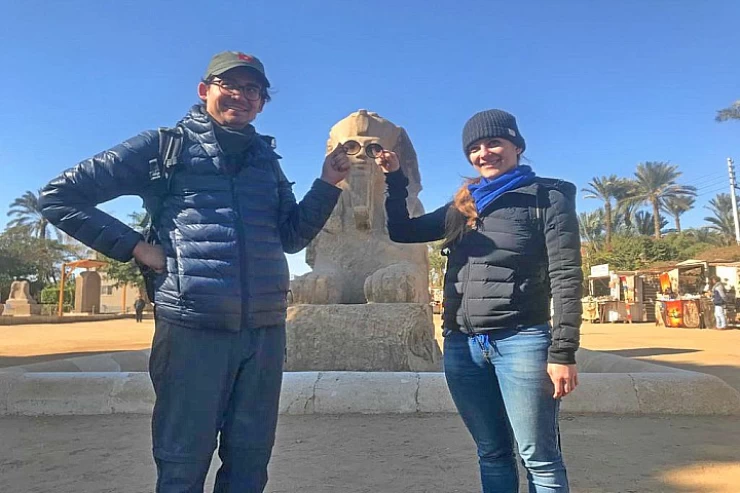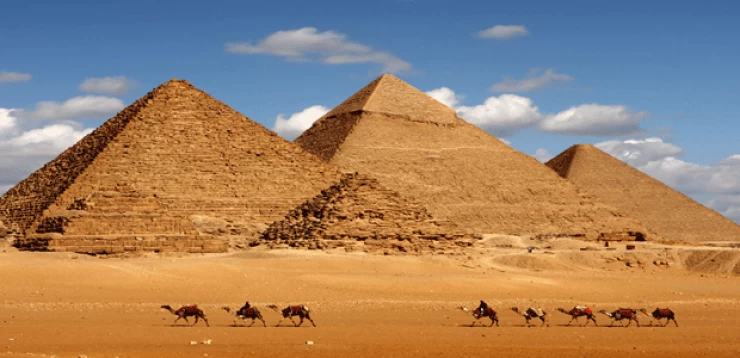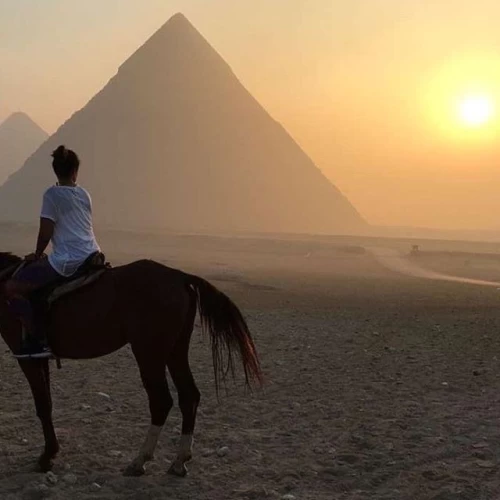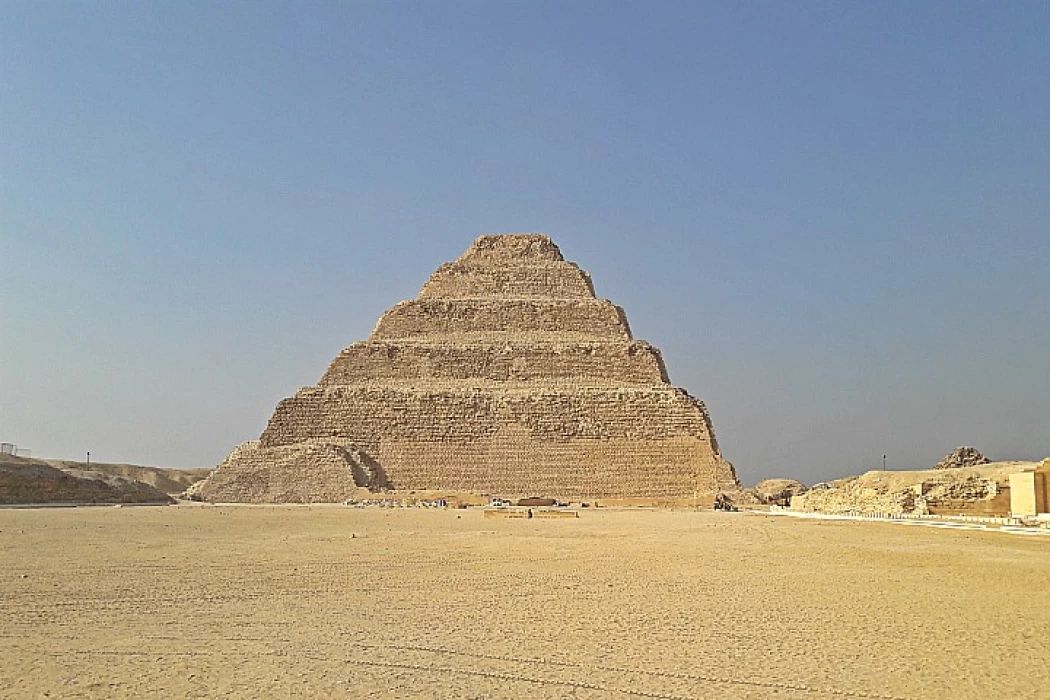
Saqqara Necropolis
Saqqara village is one of the villages belonging to the Badrashin Center in the Giza governorate of the Arab Republic of Egypt. At the 2006 census, Saqqara had a total population of 32,112, of whom 16,481 were men and 15,631 were women. Saqqara contains ancient Egyptian royal tombs of the dynasties that ruled Ancient Egypt from the capital menf. It also contains several pyramids, including the pyramid of Djoser, which dates back to the era of the Egyptian Third Dynasty, which is the oldest completed stone building known historically, in addition to several archaeological terraces
Sixteen other Egyptian kings built pyramids in Saqqara, in addition to some funerary monuments built by some high-ranking officials in ancient Egypt, and the area stretching from the pyramids of Giza to Dahshur passing through Saqqara was classified as a World Heritage Site by UNESCO in 1979.
History,
Djoser funeral complex
Tombs of APIs,
Since the time of the first and second Egyptian dynasties, some Egyptian nobles began to build their tombs in Saqqara. The first royal structures built in Saqqara were an archaeological terrace built during the reign of King Kha Sekhmoy, the last king of the second dynasty, which is now known as the Director's Bridge. Then the construction of archaeological terraces and pyramids in Saqqara followed during the reign of the following dynasties, among those monuments:
The buried pyramid, the funerary complex of King Sukhum-khat
The bridge of the director, the funeral complex of King Kha Sekhmoy
Pharaoh's Mastaba, the Tomb of King Shepseskaf (IV dynasty)
Pyramid of Userkaf (Fifth Dynasty)
The pyramid of the grandfather of Ka-Ra
The pyramid of King menkau Hor Kayu
Terrace t
The Mastaba of the brothers (Khnumhotep and nyankhnum)
Pyramid of Unas
Mostafa Ptahhotep
Pyramid of Teti (sixth dynasty)
Terrace of mariroka
Kajemni terrace
The wrong terrace
The pyramid of Pepi I
Meriner's pyramid
The pyramid complex of King Bibi II Nefer ka Ra
Burnup's grave (now in the Metropolitan Museum of Art in New York)
Pyramid of Ka - Ka-Ra-IBI (eighth dynasty)
Pyramid of the King, the dagger of Userkaf (XIII dynasty)
The tombs of Horemheb and Maya, some of whose inscriptions and statues are on display at the National Museum of Antiquities in Leiden, The Netherlands, and at the British Museum in London.
A monument to important thinkers and poets of ancient Greece has statues of Hesiod, Homer, Pindar, Plato, and others.
The archaeological area of Saqqara was robbed by looters during the 2011 Egyptian protests, where storage rooms were broken into, but most of the monuments were not damaged.
Recent discoveries,
During periodic excavations in 2011 in a cemetery for dogs in the cemetery of Saqqara, the excavation team led by Salima Ikram and an international team of researchers led by Paul Nicholson from Cardiff University discovered almost eight million animal mummies at the burial site next to the Holy Temple of Anubis. It is believed that those stuffed animals, mostly dogs, were intended to convey the prayer of their owners to their gods.
In July 2018, Ramadan Badri Hussein, head of the team of Egyptian-German researchers from the University of Tubingen, announced the discovery of an extremely rare gilded burial mask dating most likely from the Persian Safavid ERA in a partially damaged coffin. The last similar mask was found in 1939. The eyes of the mask are decorated with Obsidian, calcite, and a black gemstone, possibly Onyx. "Finding such a mask can cause quite a stir, as very few precious metal masks have survived to this day since most of the tombs of ancient Egyptian figures were looted in earlier eras," Hussein said.»
In September 2018, a team of Polish archaeologists led by Kamil Kuraskiewicz from the Faculty of Oriental Studies at the University of Warsaw found dozens of mummies dating back 2000 years. The Polish-Egyptian expedition was working under the auspices of the Polish Center for Mediterranean Archaeology at the University of Warsaw. The explorations in the area west of Djoser's pyramid lasted for more than two decades, and among those explorations was the Tomb of Minister Mirivnibeyev discovered in 1997, which contained a funeral chapel decorated with multi-colored carvings. In addition to the Tomb of the Courtier Nyan-khafr-Tim discovered in 2003. The expedition also explored two cemeteries. Archaeologists have discovered dozens of graves of nobles from the era of the Sixth Dynasty, dating from the period between the 24th and 21st centuries BC, as well as 500 graves of poor people dating from the period between the sixth century BC and the first century AD. Most of the bodies were in poor condition, all organic matter including wooden boxes had decomposed. These tombs, discovered in 2018, form part of the cemetery known as the Upper Cemetery. "The mummies that we discovered last season were very modest, they underwent only basic mummification operations, wrapped in bandages, laid directly in pits dug in the sand," says Kamil Kuraszkiewicz.»
The research of the Polish-Egyptian expedition also focused on the interpretation of the so-called dry moat, a vast trench dug around the pyramid of Djoser. The latest findings confirm the hypothesis that the dry moat was a model of the Pharaoh's journey to the underworld, a path that the deceased ruler had to follow to achieve eternal life.
In November 2018, An Egyptian archaeological expedition found seven ancient Egyptian tombs in the ancient cemetery of Saqqara containing a collection of scarabs and cat mummies dating back to the fifth and sixth dynasties. Three of them were used for cats, some of which date back more than 6,000 years, while one of the other four Noyes was previously unopened. Together with the cat mummies were 100 wooden statues of cats and one bronze statue dedicated to the cat goddess Bastet. In addition, funerary materials belonging to the twelfth Egyptian dynasty were found along with the skeletal remains of cats.
In mid-December 2018, the Egyptian government announced the discovery of a previously unknown 4,400-year-old tomb in Saqqara, containing paintings and more than fifty sculptures. This tomb belonged to the high-ranking priest Wahati, who lived during the reign of King Nefer-er-KARE Kakai, one of the Kings of the Fifth Dynasty. The cemetery also contained four pillars under which a sarcophagus was placed.
On April 13, 2019, an expedition led by a member of the Czech Institute of Egyptology, Mohammed Mujahid, discovered a 4,000-year-old tomb near the funerary city of Saqqara. Archaeologists have confirmed that the tomb belonged to an influential person named Khoy who lived in Egypt during the era of the Fifth Dynasty. "The L-shaped tomb of Khoy begins with a small corridor that leads down to a waiting room, and then a larger room with painted inscriptions depicting the owner of the Tomb sitting at the sacrificial table," says Mujahid."Some drawings preserved their splendor, and the tomb was mainly made of white limestone, with a tunnel entrance like the pyramids. Archaeologists suggest that there was a connection between Khoi and the king because the tomb is close to the pyramid of the Egyptian King GED Ka-ra, who ruled during that period.
On October 3, 2020, Khaled al-Anani, the Egyptian Minister of Tourism and Antiquities, discovered at least 59 closed stone sarcophagi containing mummies more than 2,600 years old. Archaeologists also discovered 20 statues of Ptah, a 35-centimeter bronze sculpture of the God nefertum.
On October 19, 2020, the Ministry of Tourism and Antiquities announced the discovery of a colorful and closed sarcophagus more than 2,500 years old. The archaeological team discovered gilded wooden statues and more than 80 sarcophagi. In November 2020, archaeologists discovered more than 100 finely painted wooden coffins and 40 funerary statues. These closed wooden coffins date back 2,500 years, and some of them contain mummies. Other artifacts discovered include funerary masks, urns, and amulets.
The archaeological area of Saqqara, part of the MANF cave, includes a large number of ancient Egyptian monuments, including the pyramid of King Djoser, the oldest monumental stone building in history from the Third Dynasty, the pyramids of several kings of the Fifth and sixth dynasties, the most important of which is the pyramid of King Unas the first to engrave his burial chamber with the texts of the pyramids, the Kings and senior officials of the first and second dynasties and a huge collection of tombs of senior individuals from the old state. It also included tombs dating back to the first transition era, passing through the tombs of members of the middle and modern states. The area also includes the burial of the sacred calf APIs (Serapeum), which continued to be used from the Eighteenth Dynasty until the Ptolemaic era. The area also includes Coptic monuments, including the monastery of Anba Jeremiah. The Imhotep Museum was opened in April 2006 in the region, to include a collection of artifacts discovered in Saqqara, and displays a model of the Djoser archaeological collection, in addition to the design of one of its halls in the form of a complete Tomb displaying a mummy, a wooden coffin and several pottery and alabaster vessels. the museum also includes the library of the French engineer Jean-Philippe Loire, who dedicated his life to the restoration of King Djoser's pyramid collection. this name was chosen for the museum after the minister of King Djoser and the architect who built his pyramid collection. The museum is currently closed for restoration.
Latest Articles
Admin
Regin of Abbas I of Egypt | Abbas Pasha I
Abbas has been often described as a mere voluptuary, but Nubar Pasha spoke of him as a true gentleman of the "old school". He was seen as reactionary, morose and taciturn, and spent nearly all his time in his palace. He undid, as far as lay in his power, the works of his grandfather, both good and bad.
Admin
Story of Gabal Shayeb Al Banat - Red Sea Mountain
Jabal shayb al-banat is one of the Red Sea Mountains in the eastern desert in Egypt, located to the west of the city of Hurghada at a latitude of 27 degrees north and a longitude of 33.5 degrees east of the Greenwich line approximately, this mountain is the highest mountain peak in the eastern desert with a height of up to 2185 meters, it is a prominent mass of igneous rocks
Admin
Neper God Of Grain
Neper was the deity of grains, particularly cereals that were important in Ancient Egypt, such as wheat and barley. It was stated that he foretold when the crops would grow, be harvested, and disappear.
Admin
Badr Museum in Farafra
The Badr Museum is located in a mud building, which is the common home found in this medieval part of Egypt. All of the artwork that was created by the artist is quite unique. His work almost always depicts life in the Farafra Oasis and he provides the work through both painting and sculpting.
Admin
The Black Head Temple
The Black Head Temple is a small temple dedicated to the worship of the goddess Isis and was discovered in 1936, by chance, in the Black Head area, which is now located within the Mandara area of the Montazah district in Alexandria. This temple was moved from its original place to the Latin Necropolis in 1994.
Admin
The Queen Tetisheri
Tetisheri was the mother of Seqenenre Tao, Queen Ahhotep I, and possibly Kamose. For sure, she was the mother of Satdjehuty/Satibu, as attested on the rishi coffin of the latter. At Abydos, her grandson King Ahmose I erected a Stela of Queen Tetisheri to announce the construction of a pyramid and a "house" for Tetisheri.
